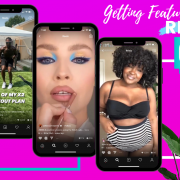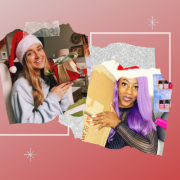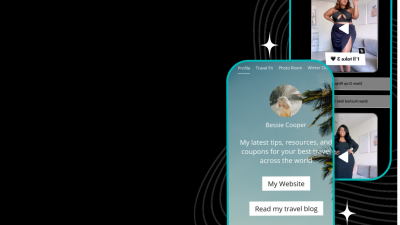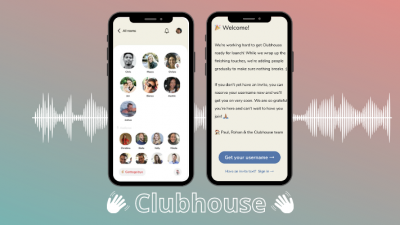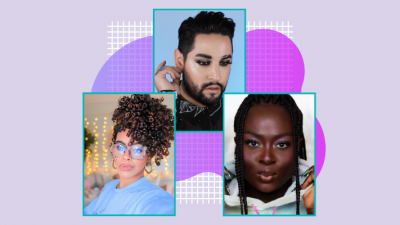Earn money on Instagram & YouTube: Join MagicLinks!

“Brand sponsorships”: The phrase that sets every creator’s heart aflutter. A brand, paying you, to talk about their stuff (which you probably already use and love)? Yes, please! But… HOW do you get brands’ attention? We’re giving you the lowdown on what we, and brands, look for when casting creators for sponsored campaigns.
Brand vs. Creator Demographics
Brands want creators whose channels feel like a natural fit for their brand. They look for similar:
- Target audiences (age, gender, interests, country, etc)
- Values
Content Fit
The tone, look, and feel of a creator’s videos are a key component: Do they seem authentic? Have they worked with any of the brand’s competitors before – or with the brand itself? What is the quality of their work? How creative are they at standing out from the rest of their content niche?
Also, FYI: We look at ALL of your content. Stories, Tweets, TikToks, Highlight Reels… Make sure there are no unwelcome surprises. Keep it consistent, keep it clean.
Past Performance
A brand isn’t likely to cast a creator who doesn’t have a proven sales record, particularly in the brand’s merchandise niche (i.e. fast fashion, luxury perfume, etc). MagicLinks’ creator performance reports are used to narrow down the ideal creators for a brand:
- What brands they’ve converted sales for,
- How much ($$) sales they’ve driven, and
- How consistently they convert
Pro Tip: If the influencer has worked with a direct competitor before, they will also have to prove that there are no non-compete clauses in place that would affect the timing of the video’s publication.
FTC Compliance
The past three years have seen a dramatic decrease in undisclosed sponcon. Why? Because the FTC is cracking down on it, and audiences are increasingly savvy as to when there are affiliate links or sponsorships that aren’t being clearly stated.
Moral of the story? ALWAYS DISCLOSE, even if content is unpaid and there are no affiliate links. Better safe than sorry!
Engagement (Rates, Not Rings)
You might have 500,000 subscribers, but if your videos average 5-7,000 views, you’ve got a really low engagement rate. Conversely, if you have 25,000 subscribers and average 5-7,000 views, you’ve got a GOOD engagement rate. We have a more detailed breakdown in this blog post all about calculating influencer engagement rates, so check that out for the full lowdown.
Steady Growth + Real Followers
Going viral with a video (We still stan Jaime French’s Tiny Hands video, 2 years later) and gaining a bunch of new subscribers is one thing, but do the subs stay? Suspicious, regular spikes in follower counts are often a dead giveaway that, dun dun dunnn, someone bought themselves some followers.
There are countless other inconsistencies that indicate fake followers, views, likes, and comments, and trust us: Brands know how to spot them. Don’t even try.
Saturation Rate
You know how there are some influencers who ONLY seem to do sponsored content, to the point that their channel looks like a TV network instead of a real person’s creative outlet? Yeah. Not fun to watch. The ratio of sponsored vs organic content is known as saturation rate.
It’s important to strike the right balance between organic (made because you love it) content and sponsored content. A brand wants their sponcon to stand out, and to work with creators whose followers watch their content because they trust their opinion.
The Key Takeaway
It takes time to build a brand and following the right way, and taking the time to do so shows brands & agencies that you’re in it for the long haul and will be a good partner.
Earn money on Instagram & YouTube: Join MagicLinks!

*s/o to The Waitresses
Cover image courtesy @Saaammage’s sponsored MagicLinks x Sephora video.

